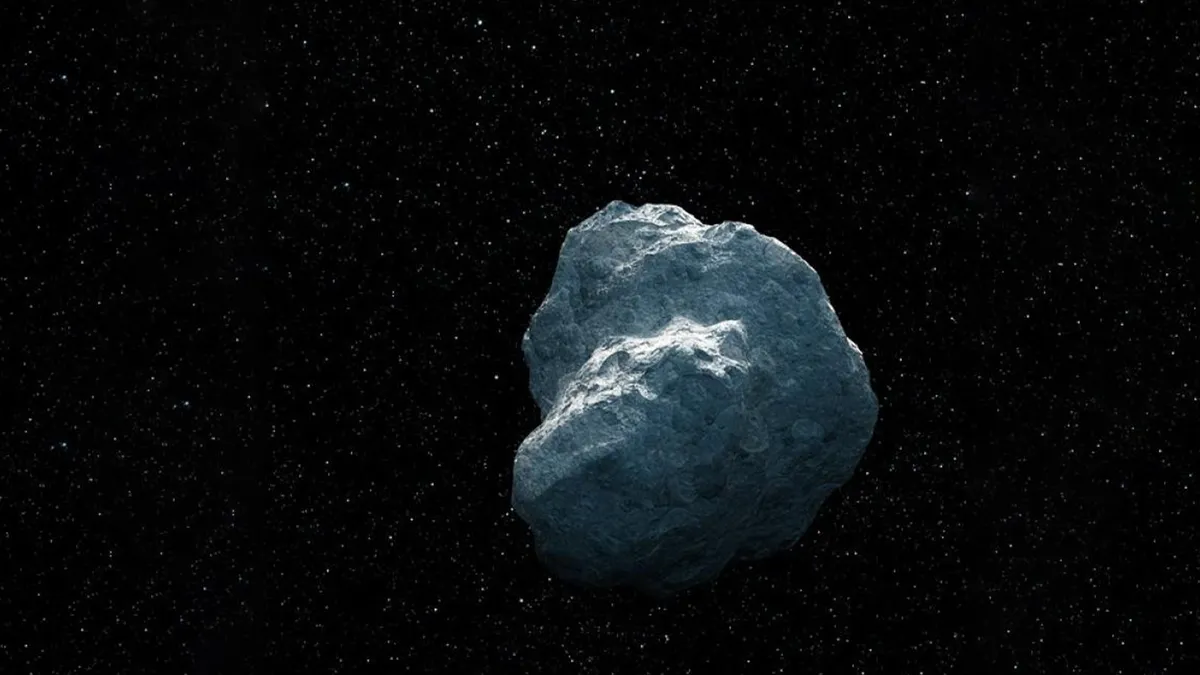Rare red Neptune asteroids may shed light on early Solar System evolution
- April 3, 2023
- 0
While planets and moons get a lot of attention in space exploration, a lot can be learned about our solar system from many small objects such as comets
While planets and moons get a lot of attention in space exploration, a lot can be learned about our solar system from many small objects such as comets

While planets and moons get a lot of attention in space exploration, a lot can be learned about our solar system from many small objects such as comets and asteroids. An international team of scientists has carefully studied Neptune’s Trojan asteroids, which may shed light on the origin of the Solar System. A closer look with larger ground-based telescopes revealed that Neptune’s Trojan asteroids have a red hue.
These are Trojan asteroids that share the orbit of the ice giant Neptune. Neptune’s Trojan asteroids were discovered in 2001, and scientists have only been able to identify a few of them. Asteroids are difficult to detect and study because they are about 2.8 billion miles (4.5 billion kilometers) from the Sun.
The team tracked 18 Neptune Trojans for two years for this study. The newly observed asteroids are about 31 to 62 miles (50 to 100 km) in diameter. Using data collected from telescopes, they were able to study the color of the asteroids. The team also compared the data with other asteroids in this group that had been examined in previous studies.
The results showed that some of them were significantly redder than most of the asteroids in this group. The redness indicates that some of these asteroids are high in volatile ices such as ammonia and methanol. Astronomers have looked at Trojan asteroids with several Earth telescopes, including the WASP Wide-Angle Camera at Palomar Observatory in California, the GMOS cameras from the Gemini North and South telescopes in Hawaii and Chile, and the LRIS camera from the Keck Telescope. Overhead
According to the team, this means there are two populations of asteroids (one more red, the other neutrally colored) in the area. The redder ones may have formed at a much greater distance from the sun. The presence of redder asteroids in this group indicates “the existence of a transition zone between more neutral and redder objects.”
Redder Neptune asteroids may have formed far from this transit boundary and were then dragged into Neptune’s orbit and caught. Neptune migrated from the inner Solar System to its current position, about 4.5 billion kilometers from the Sun.
“As we have a larger sample of Neptune Trojans with metered colors, we can now begin to see large differences between asteroid groups. Our observations also show that Neptune Trojans also differ in color compared to groups of asteroids further away from the Sun. NASA’s Goddard of the Space Flight Center and lead author of the study, Dr.
These pristine space rocks are extremely valuable in space because they act as time capsules that guard the secrets of our solar system’s early years.
Source: Port Altele
As an experienced journalist and author, Mary has been reporting on the latest news and trends for over 5 years. With a passion for uncovering the stories behind the headlines, Mary has earned a reputation as a trusted voice in the world of journalism. Her writing style is insightful, engaging and thought-provoking, as she takes a deep dive into the most pressing issues of our time.